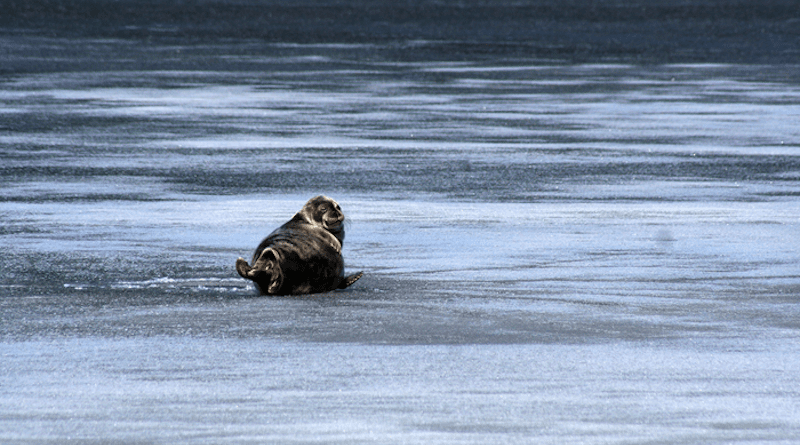A Labyrinth Lake Provides Surprising Benefits For An Endangered Seal
The endangered Saimaa ringed seal is an Ice Age relict living in the highly labyrinthine Lake Saimaa, Finland. The newly published work shows that although individual seals have greatly reduced genetic variation, the loss of variation has been complementary, preserving the adaptive potential of the whole population.
Lake Saimaa, a highly labyrinthine lake in eastern Finland, provides a unique opportunity for assessing the effects of population fragmentation. The lake hosts a population of ringed seals (Pusa hispida saimensis) that became landlocked as the land rebounded after the retreat of the continental ice sheet 10 000 years ago. Today, the Saimaa ringed seal, with some 400 individuals, is one of the world’s most endangered seals.
Researchers from the University of Helsinki together with colleagues from the University of Eastern Finland and the University of Copenhagen compared over 100 genomes of Saimaa ringed seals preserved in a tissue bank.
“The Saimaa ringed seals have gone through a severe population size contraction resulting in greatly reduced genetic variation. This raises concerns about their ability to adaptively respond to ongoing climate change,” Petri Auvinen and Jukka Jernvall from the University of Helsinki say.
The analyses revealed that the genomes of individual seals contained long stretches of DNA sequences that were inherited identically from both parents. Comparisons of these homozygous regions among seals living in far-flung nooks of the lake revealed something unexpected. “The good news is that the labyrinthine shape of Lake Saimaa has generated three subpopulations that are homozygous for largely different, complementary parts of their genome. This means that the population as a whole has retained much of its original genetic variation,” explains Ari Löytynoja from the University of Helsinki.
Modelling the population history of the Saimaa ringed seals further suggested that the intricate shape of Lake Saimaa has been optimal in compensating for the detrimental effects of small population size. Detailed analyses also revealed a beneficial genetic signature of a seal individual that was translocated decades ago from one part of the lake to another. For the conservation of other endangered species, the lesson learned from the labyrinthine Lake Saimaa is the importance of careful gene flow management among poorly connected populations.

